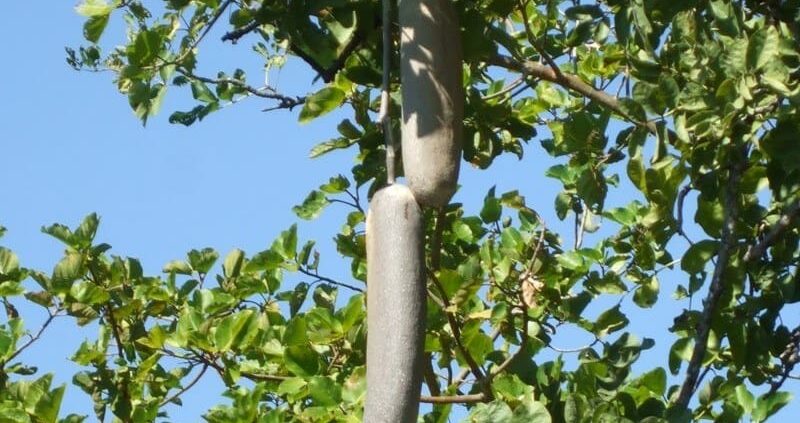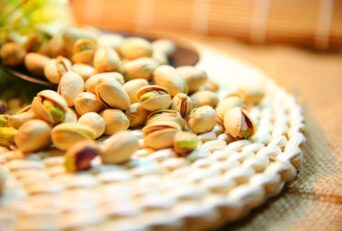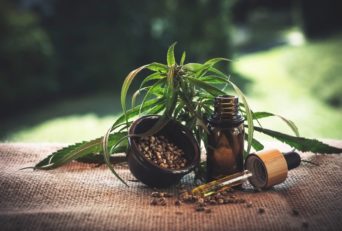Kigelia Africana or commonly known as the sausage tree is known to be useful in treating stomach problem, pneumonia, relives a toothache, increases production of milk in the lactating woman, treating sores, skin ulcer and many more.
The name ‘Kigelia’ is a native African name.It’s a highly variable monospecific genus of the family Bignoniaceae. Its other names are Worsboom (Afrikaans), Modukghulu, Pidiso (North Sotho), umVongotsi (Siswati); Mpfungurhu (Tsonga), Muvevha (Venda) etc.
None of this is important. What makes kigelia popular are its rare beneficial biological properties. Rather the uses of the fruit of the tree which looks like a sausage. They are huge and greyish brown, 800 x 120 mm. hangs from long stalks, from December (summer) to June (winter) and weighs anything up to 9 kg!
These weird looking fruits are highly poisonous to humans. But baboons, monkeys, and bush pigs eat them happily. The flowers eaten by antelope and pollinated by bats.
Table of Contents
Medicinal Benefits Of Kigelia Africana
1.The medicinal uses of the sausage tree are rather sexual in nature. The fruit can be ground up and mixed with water to help young men improve their manhood. It’s also rubbed on male genitals or on women’s breasts to make them larger.
2. An infusion can be made from the ground bark and fruits to treat stomach problems in children, and an infusion of the roots and bark can be taken to treat pneumonia.
3. A decoction made from the bark can be gargled to relieve a toothache.
4. An infusion of the bark can be used to wash the head as a way of treating epilepsy.
5. Due to its strong antimicrobial properties, including antibacterial, antifungal and antiviral, extracts of leave and barks have become popular in cosmetics and lotions.
6. It can also be used for treating sores, skin ulcer and cancer.
7. The seeds of ripe fruits can also be roasted in warm ash and consumed and are reported to be energy-rich, with significant amounts of phosphorous, protein, and lipids. In turn, the seed oil is rich in oleic acid and essential fatty acids and has the potential to be an important nutritional resource.
8. The leaves of the K.Pinnata are consumed by lactating women in various parts of sub-Saharan Africa as they are thought to enhance the volume and quality of breast milk.
9. The dried leaves contain levels of essential amino acids can provide beneficial health benefits as well as other minerals and nutrients including calcium, magnesium, and iron.
10. It is reported that the Tonga women of the Zambezi Valley regularly apply cosmetic preparations of the fruits to their faces to maintain a blemish-free complexion.
Uses Of Kigelia Africana
There are numerous ways to use this tree.
First off, sausage tree’s fruits can be used in a traditional beer enjoyed by the Kikuyu people. In order to make the fruits safe for beer brewing, they must first be sun-dried, then fermented with sugar cane juice for around 24 hours, then dried again, before finally being added to a large barrel of sugar cane juice, where they’ll ferment for around four days. The final beverage should taste sour, smell boozy, and hopefully not act as an immediate emetic.
Besides being drunk, the beer is also commonly used as a soothing bath for children suffering from measles.
The mature powdered fruit can be applied as a dressing in the treatment of wounds, abscesses, and ulcers.
The green fruit can be used to make a poultice for syphilis.
Other Uses
1.In a time of scarcity, seeds are roasted and eaten. Apart from its personal uses, this tree can also be used in a lot other ways. Magical, isn’t it?
2. The tough wood is used for shelving and fruit boxes, and dugout canoes are made from the tree in Botswana and Zimbabwe.
3. The boiled fruits are also used to produce a red dye, and the roots are reported to produce a yellow dye.
4. The flowers are eaten by domestic stock and game, kudu, nyala, impala, and grey duiker.
5. Leaves are consumed by elephants and kudu.
Anti-microbial, anti-inflammatory, anti-fungal, antibacterial, and cytotoxic activity- are just some of the properties of this amazing plant. Not doubt that there might be more properties that are yet to be found out.
So, do not miss out on this wonder-plant!
You May Also Like Reading:






